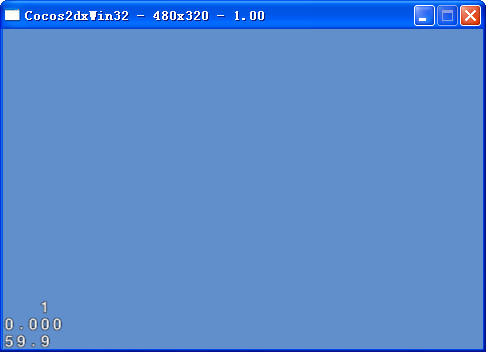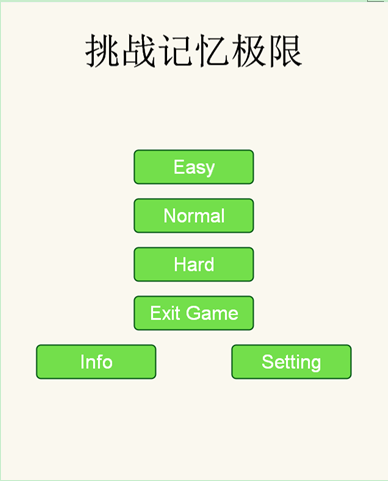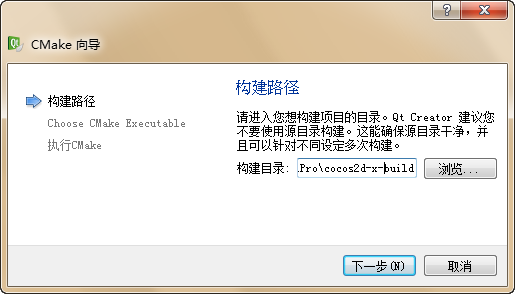<span style="font-family: Arial,Helvetica,sans-serif; background-color: rgb(255,255,255);">这部分代码从网上查阅了一下,基本都是以前版本编写的,需要稍微改动一下即可,效果如图</span>
首先看看在MenuScene.cpp如是如何调用起对话框的
void MenuScene::popupLayer(){
// 定义一个弹出层,传入一张背景图
PopupLayer* popDialog = PopupLayer::create(DIALOG_BG);
// ContentSize 是可选的设置,可以不设置,如果设置把它当作 9 图缩放
popDialog->setContentSize(CCSizeMake(Quit_Dialog_Size_Width,Quit_Dialog_Size_Height));
popDialog->setTitle(DIALOG_TITLE);
popDialog->setContentText(DIALOG_CONTENT,20,60,250);
// 设置回调函数,回调传回一个 CCNode 以获取 tag 判断点击的按钮
popDialog->setCallbackFunc(this,callfuncN_selector(MenuScene::quitButtonCallback));
// 添加按钮,设置图片,文字,tag 信息
popDialog->addButton(BUTTON_BG1,BUTTON_BG3,OK,Btn_Quit_OK_TAG);
popDialog->addButton(BUTTON_BG2,CANCEL,Btn_Quit_Cancel_TAG);
this->addChild(popDialog);// 添加到当前层
}
PopupLayer.h 和PopupLayer.cpp是弹出对话框的代码:
首先看PopupLayer.h
const int Pop_FontSize = 20;//定义字体大小
class PopupLayer :public Layer
{
static PopupLayer * create(const char* backgroundImage);//根据背景图创建对象
void setTitle(const char* title,int fontsize=Pop_FontSize);//设置对话框标题
void setContentText(const char* text,int fontsize=Pop_FontSize,int padding=50,int paddintTop=100);//设置对话框文本内容
void setCallbackFunc(Object* target,SEL_CallFuncN callfun);//设置按键回调方法
bool addButton(const char* normalImage,const char* selectedImage,const char* title,int tag=0);//添加对话框按键,如确认取消
virtual void onEnter();//当进入时调用
virtual void onExit();//
void buttonCallback(CCObject* pSender);
int m_contentPadding;// 文字内容两边的空白区距离
int m_contentPaddingTop; //文字上边空白区距离
CCObject* m_callbackListener;
SEL_CallFuncN m_callback;
//定义具有retain属性的变量
CC_SYNTHESIZE_RETAIN(Menu*,m__pMenu,MenuButton);
CC_SYNTHESIZE_RETAIN(Sprite*,m__sfBackGround,SpriteBackGround);
…………………….
};
PopupLayer.cpp部分代码如下:
PopupLayer::PopupLayer():m__pMenu(NULL),m_contentPadding(0),m_contentPaddingTop(0),m_callbackListener(NULL),m_callback(NULL),m__sfBackGround(NULL),m__s9BackGround(NULL),m__ltContentText(NULL),m__ltTitle(NULL)
{
}
//释放变量
PopupLayer::~PopupLayer()
{
CC_SAFE_RELEASE(m__pMenu);
CC_SAFE_RELEASE(m__sfBackGround);
CC_SAFE_RELEASE(m__ltContentText);
CC_SAFE_RELEASE(m__ltTitle);
CC_SAFE_RELEASE(m__s9BackGround);
}
void PopupLayer::setCallbackFunc(cocos2d::Object *target,SEL_CallFuncN callfun)
{
//menuItem根据调传入的对象,会进行方法的回调
m_callbackListener = target;
m_callback = callfun;
}
bool PopupLayer::init()
{
// 初始化需要的 Menu,随后跟进参数向menu中添加Item选项
Menu* menu = Menu::create();
menu->setPosition(CCPointZero);
setMenuButton(menu);
setTouchMode(Touch::DispatchMode::ONE_BY_ONE);
auto listener = EventListenerTouchOneByOne::create();
listener->setSwallowTouches(true);
listener->onTouchBegan = [](Touch *t,Event *e){
CCLog("PopupLayer touch");
return true;
};
_eventDispatcher->addEventListenerWithSceneGraphPriority(listener,this);//屏蔽下层事件响应
return true;
}
根据参数,标题,tag ,图片效果,添加MenuItem选项
bool PopupLayer::addButton(const char *normalImage,const char *selectedImage,const char *title,int tag)
{
Size winSize = CCDirector::getInstance()->getWinSize();
Point pCenter = ccp(winSize.width / 2,winSize.height / 2);
// 创建MenuItem按钮,并设置回调方法
MenuItemImage* menuImage = MenuItemImage::create(normalImage,selectedImage,this,menu_selector(PopupLayer::buttonCallback));
menuImage->setTag(tag);
menuImage->setPosition(pCenter);
// 给MenuItem添加文字说明并设置在MenuItem中位置
Size imenu = menuImage->getContentSize();
LabelTTF* ttf = LabelTTF::create(title,"",20);
ttf->setColor(ccc3(0,0));
ttf->setPosition(ccp(imenu.width / 2,imenu.height / 2));
menuImage->addChild(ttf);
getMenuButton()->addChild(menuImage);
return true;
现在来看MenuItem的回调方法buttonCallback
void PopupLayer::buttonCallback(cocos2d::CCObject *pSender)
{
Node* node = dynamic_cast<Node*>(pSender);
CCLog("touch tag: %d",node->getTag());
if (m_callback && m_callbackListener){
(m_callbackListener->*m_callback)(node);//这会调用setCallbackFunc()方法传入的MenuScene对象的quitButtonCallback()方法
}
this->removeFromParent();//把对话框从父节点移除
}
对话框弹出前调用onEnter方法进行界面初始化工作
void PopupLayer::onEnter()
{
…………………..
Size contentSize;
// 设置对话框背景,代码省略
// 添加按钮,并设置其位置
this->addChild(getMenuButton());
float btnWidth = contentSize.width / (getMenuButton()->getChildrenCount() + 1);
Vector<Node*> vecArray = getMenuButton()->getChildren();
int j=0;
for(auto it=vecArray.begin();it!=vecArray.end();it++)
{
Node* node = dynamic_cast<Node*>(*it);
node->setPosition(Point(winSize.width/2 - contentSize.width/2+btnWidth*(j+1),winSize.height/2-contentSize.height/3));
j++;
}
// 显示对话框标题内容省略
// 添加对话框弹出效果
Action* popupLayer = Sequence::create(ScaleTo::create(0.0,0.0),ScaleTo::create(0.15,1.05),ScaleTo::create(0.08,0.95),1.0),NULL);
this->runAction(popupLayer);
}
代码写的稍微多了些,为便于测试,我把代码上传一下,下载地址如下:
http://download.csdn.net/detail/lideguo1979/8263669未完待续……………………………




